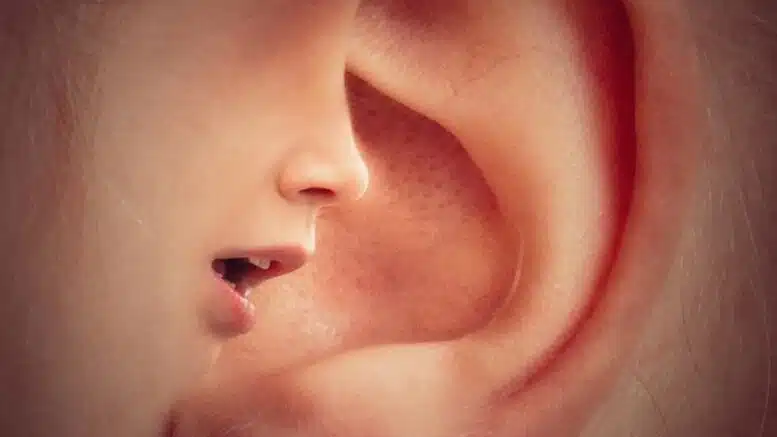An ear infection can affect anyone at any age, but it occurs most frequently in children. This condition is painful and takes place after a bacterial or viral infection traps mucus in the middle ear. An infection can be temporary or chronic and requires the best otolaryngologist in Singapore for treatment.
Ear Infection Causes
In most cases, an ear infection occurs after a respiratory infection, such as a cold. The bacteria or virus involved causes inflammation and swelling of the Eustachian tube, which is a canal that runs from the middle ear to the inside of the nose, allowing for drainage. If the tube cannot drain properly, the fluid becomes trapped in the middle ear, causing a bacterial infection.
In children, the Eustachian tube may be underdeveloped, which makes it more vulnerable to swelling, being unable to drain and becoming blocked by fluid. The buildup of mucus eventually puts pressure on the eardrum, causing pain and temporary hearing loss. An ear infection is considered chronic when it either does not clear up completely or comes back often.
Ear Infection Symptoms
Pain, a feeling of pressure and drainage of fluid are symptoms of an ear infection. There may also be a loss of hearing and a mild fever. Babies exhibit signs of an ear infection by fussiness, crying, refusing food and not sleeping. Tugging or pulling on the ear is also a sign. Milder cases may have fewer symptoms, especially when the condition is chronic. Children who present with these symptoms should be seen by a doctor as soon as possible. The faster the problem is treated, the less risk of it becoming chronic.
Ear Infection Treatment
Ear infection treatment should start at home. A child can be given pain medications like ibuprofen and acetaminophen to relieve discomfort. In addition, a warm washcloth can be pressed against the ear to encourage drainage. Under no circumstances should a child be given aspirin.
Antibiotics will likely be prescribed for both acute and chronic ear infections. All of the medication must be taken, even if the condition seems to improve quickly. If this is not done, the infection could become much worse and may cause damage to the middle ear. If medication does not work, it may be necessary to perform a surgical procedure. This is done by placing a drainage tube in the middle ear, which helps the fluid to drain and stops the infection from occurring. An ear tube can stay in place for up to 18 months. If it does not fall out by itself, it can be surgically removed.
Ear Infection Complications
Ear infections that are not treated can result in loss of hearing, problems with balance, damage to delicate bones, and cysts in the middle ear. In extreme cases, there can be inflammation of the brain and facial paralysis. This is why it is crucial to detect and treat ear infections early.
While avoiding ear infections completely is not possible, there are steps parents can take to lower the risk of their child getting one. Breastfeeding is one of the best ways to build up a child’s immune system and help them to have a strong, healthy body. Teaching proper hygiene, not smoking and keeping current on vaccinations also reduce the chances of ear infections. If daycare is necessary, choosing a small one will keep a child healthier overall.
Surfer and Swimmer’s Ear
Those who enjoy surfing and swimming and are at significant risk for a condition called reactive exostosis, which is when a bone in the ear becomes inflamed and thickened. This can eventually block the ear canal and cause hearing loss.
Another condition called swimmer’s ear occurs when water is trapped inside the ear, causing bacterial buildup and infection. This can happen after any exposure to water, even a shower. It presents with pain, itchiness, ear fullness, swelling and drainage. If it is not promptly treated, it can result in chronic ear infections, hearing loss and damage to ear bone and cartilage.
Cholesteatoma
A cholesteatoma is an abnormal growth of skin that affects the mastoid bone in the middle ear. Symptoms include pain, fullness, dizziness and hearing loss. Treatment is based on the size and rate of growth, and reducing the chance of infection with eardrops and antibiotics is very important. Cholesteatomas that grow too large are removed by surgery.
